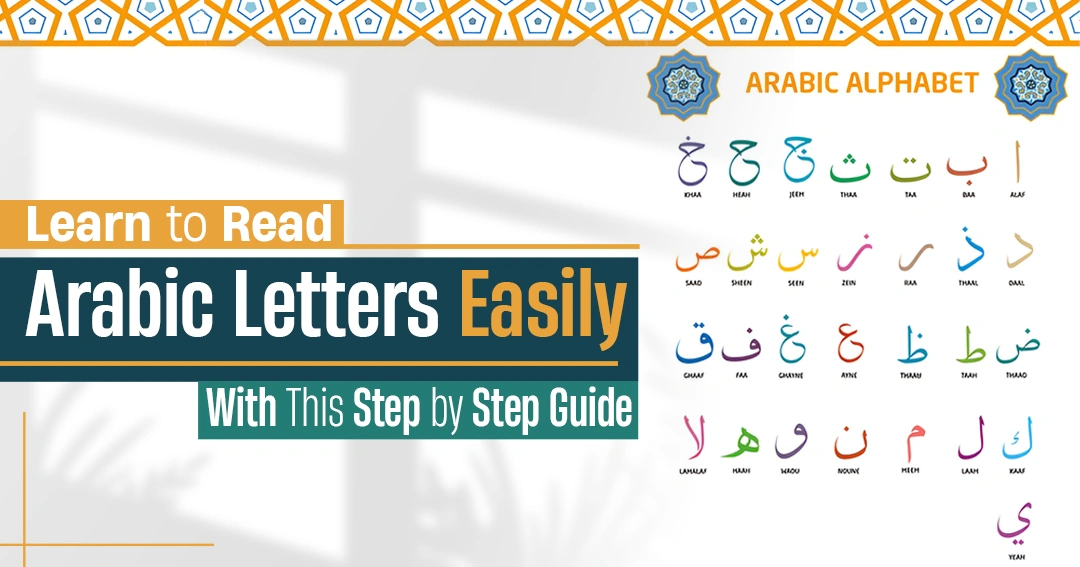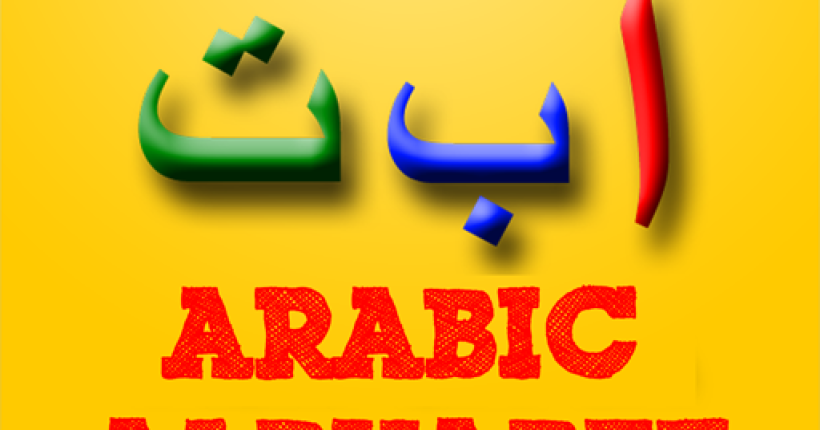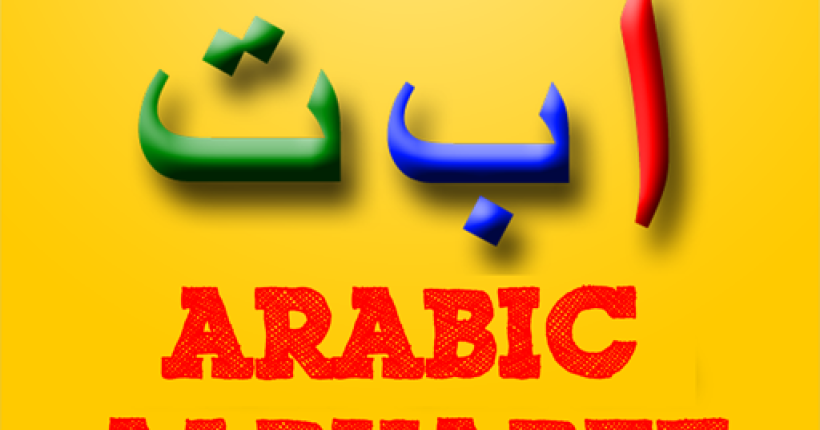Learning Arabic Alphabet Reading can feel like uncovering a beautiful secret code, especially when you start with the Arabic Alphabet basics process.
Whether you’re starting your journey to learn the Quran, getting ready for a trip to the Middle East, or simply enhancing your language skills, getting familiar with the Arabic alphabet is your first and essential step.
In this article, we’re going to guide you through an easy, step-by-step technique of Arabic Alphabet Reading and more. Let’s get started!
Understanding the Arabic Alphabet
Before you dive into Arabic Alphabet Reading, it’s helpful to have an understanding of the basics of the script. The Arabic alphabet consists of 28 individual letters, which are written from right to left, a pleasant surprise for students who are used to reading left to right.
A letter may appear different depending on where it is in a word: at the beginning, in the middle, at the end, or standing alone.
What is so fascinating about reading Arabic Alphabet is how every letter blends into the next one to form words not only gorgeous but also meaningful. The secret to deciphering the rest of the language lies in mastering the makeup of these letters.
Why Arabic Alphabet Reading Is Important for Beginners
If you are a beginner in learning Arabic, focusing on Arabic Alphabet Reading is one of the brightest things you can do. Mastering this skill is the foundation for all the rest, ranging from vocabulary and grammar learning to reading the Quran and everyday conversations.
First of all, Arabic Alphabet Reading exposes you to the way that letters form words, the way that sounds are produced, and the way meaning is inferred in context.
English uses a script that doesn’t connect and change shape like Arabic does. So, knowing the alphabet well positions you way ahead when learning the language.
So don’t rush through this stage. Take it step by step. Make Arabic Alphabet Reading your first milestone on the journey to fluency, and let Tareequl Jannah Academy guide you in getting there with confidence.
Step-by-Step Guide to Learn Arabic Letters

When reading Arabic Alphabet, the key is to do it step by step. You don’t have to learn everything at once, just stick to a simple, systematic approach, and you’ll be surprised at how far you get.
Here’s a simple, easy-to-follow step-by-step guide arranged particularly for beginners.
1. Start with the Basic Letter Shapes
Step one in mastering Arabic Alphabet Reading is familiarizing yourself with the appearance of each single letter. There are 28 letters in Arabic, and every single one is unique.
Start with a pair of letters at a time, ideally those that appear to be similar or sound the same. For example, ب (ba), ت (ta), and ث (tha) all look alike and are great to learn together.
Using visual aids like flashcards or alphabet charts can make learning more fun and interactive. And if you prefer guided learning, Tareequl Jannah Academy offers beginner-friendly lessons that introduce these letters in a step-by-step, easy-to-understand format.
2. Practice Letter Sounds (Phonetics)
Once you’re able to recognize the letters, the second part of Arabic Alphabet Reading is knowing how each is pronounced. There are unique sounds in Arabic that aren’t used in English, so this process may take some practice, but it’s entirely achievable with proper instruction.
Practice saying each letter out loud, listen to native speakers, and try to copy their pronunciation. That’s where having a trained teacher really comes in handy.
At Tareequl Jannah Academy, students are given individual attention so that their pronunciation is correct from the start, which catches up in the end.
3. Practice Letter Associations
One thing that makes Arabic Alphabet Reading unique is that letters alter their shape depending on where they are in a word. The same letter can appear slightly different at the start, middle, or end of a word. Don’t panic, it’s not as tricky as it sounds!
Start by doing exercises on how letters connect together in pairs, and then work your way up to whole words.
Handwriting drills and games are helpful, but nothing replaces instant feedback. That’s why children love Tareequl Jannah Academy, where tutors explain these alterations in simple illustrative language.
4. Make Learning Stick with Writing Practice
Writing the letters by hand reinforces what you’ve learned in Arabic Alphabet Reading. Tracing each letter helps train your brain to recognize the different forms and remember their sounds. Try practicing with printable worksheets or use lined notebooks to keep your writing neat.
At Tareequl Jannah Academy, students receive writing exercises tailored to their level, making it easy to stay consistent and build muscle memory over time.
5. Putting Letters Together to Make Words
Finally, the exciting bit, assembling all the pieces! Once you’re happy with isolated letters and the joined forms, begin to combine them to form simple words. For instance, ب + ا = با (ba).
There’s an incredible feeling of seeing the jigsaw fit together and actually read your very first word of Arabic.
This Arabic Alphabet Reading level gives students an actual sense of accomplishment and motivation.
If you need help in choosing the right words or practicing in a structured fashion, Tareequl Jannah Academy has beginner-friendly lessons that walk you through real-life scenarios step by step.
Tools and Resources for Arabic Alphabet Reading

Having the proper tools will make your Arabic Alphabet Reading more streamlined, quicker, and a great deal more fun. With so many useful aids on hand today, students are able to pick what best suits their learning style. whether visual, auditory, or practice by hand.
1. Arabic Alphabet Apps and Games
Interactive applications are an excellent source of making Arabic Alphabet Reading fun and interactive. All apps contain letter tracing, sound recognition and game elements that you apply to practice writing and reading in a game-like sense.
Seek applications that contain pronunciation guides and quizzes to reinforce what you learned. Combining these apps with structured lessons, like those from Tareequl Jannah Academy, ensures you’re not just playing games, but learning the right way.
2. Printable Flashcards and Worksheets
For students who enjoy practicing offline, printable worksheets and flashcards make excellent friends for your Arabic Alphabet Reading lessons. Flashcards support instant memorization, and worksheets allow you to practice writing and identifying letter placement within words.
3. YouTube Channels and Pronunciation Videos
There are lots of free online videos specializing in Arabic Alphabet Reading, pronunciation, and letter identification. Seeing how native speakers say each letter—and imitating them—can significantly enhance your accent and fluency.
Not everything, though, is beginner-friendly or logically structured. That’s why students tend to like a route map, such as the one offered by Tareequl Jannah Academy, where video classes are customized to your level and construct sequentially.
4. Live Tutors and Courses
If you are serious about learning, there is no replacement for live feedback and expert guidance. An online course in Arabic Alphabet Reading enables you to learn from seasoned tutors who can correct you, answer your questions, and help you build a solid foundation.
Tareequl Jannah Academy offers exactly this, live online lessons with expert teachers who are specialists in teaching Arabic to beginners. Their approach combines live lessons, practice resources, and continuous support, and it is among the best there is for dedicated students.
Pro Tips for Faster Progress

When you’re new to the game, it’s easy to be overwhelmed by the unfamiliar shapes and sounds. But here’s the catch: Arabic Alphabet Reading doesn’t have to be complicated. assuming you apply some tried-and-tested tips that make you learn faster and better.
Try these pro tips to make quick progress:
1. Be Consistent with Daily Practice
The most important thing about Arabic Alphabet Reading is consistency. You can make miracles happen by doing 10–15 minutes every day.
Practice daily and your memory is set in stone, and you won’t ever forget. Grab a short distraction-free time every day to do letter review, practice writing, or listen to the pronunciation.
Tareequl Jannah Academy facilitates this practice in an organized manner through daily lesson plans and practice goals, so you’re consistently building on what you already know.
2. Pronounce the Letters Out Loud
Don’t merely read the letters, pronounce them! Pronouncing each letter out loud while reading or writing it will strengthen your muscle memory and Arabic Alphabet Reading that much more intuitively. It also improves your listening and speaking at the same time.
Tareequl Jannah Academy’s live sessions are designed to have you speaking from day one, with real-time corrections that make pronunciation a piece of cake.
3. Learn in Small, Logical Groups
Instead of learning all 28 letters at once, break them down into smaller groups. For example, learn letters that look or sound alike together, like ب (ba), ت (ta), and ث (tha). This makes Arabic Alphabet Reading less intimidating and more memorable.
The teachers of Tareequl Jannah Academy use this very method, grouping letters in such a way that it becomes simple for the beginners to memorize them quickly and easily.
4. Use a Mirror for Pronunciation
Arabic includes some sounds that may be new to you. One pro tip is to use a mirror when practicing these letters.
Watch how your mouth moves, and try to mimic the correct shape and tongue position. It’s a small trick, but it can have a big impact on your Arabic Alphabet Reading accuracy.
5. Avoid Omitting Writing Practice
Writing isn’t reserved for children anymore! Writing each letter by hand reaffirms the way it looks and sounds—enhancing reading as well as recognition skills. Add writing to Arabic Alphabet Reading program to get faster results.
Tareequl Jannah Academy offers structured writing practice that accompanies reading lessons so you can develop both skills at the same time.
Conclusion
Learning a new script might seem overwhelming at first, but with the right attitude and guidance, Arabic Alphabet Reading is a journey and a treasure to experience.
It’s the key that opens your door to reading the Quran, understanding Arabic texts, and even having simple conversations.



